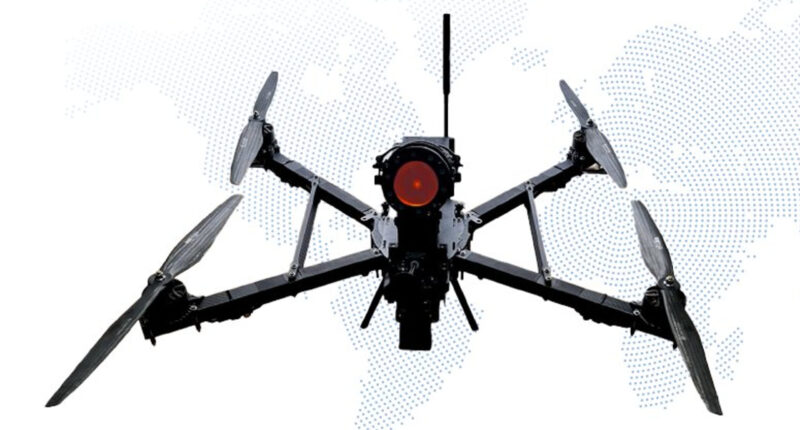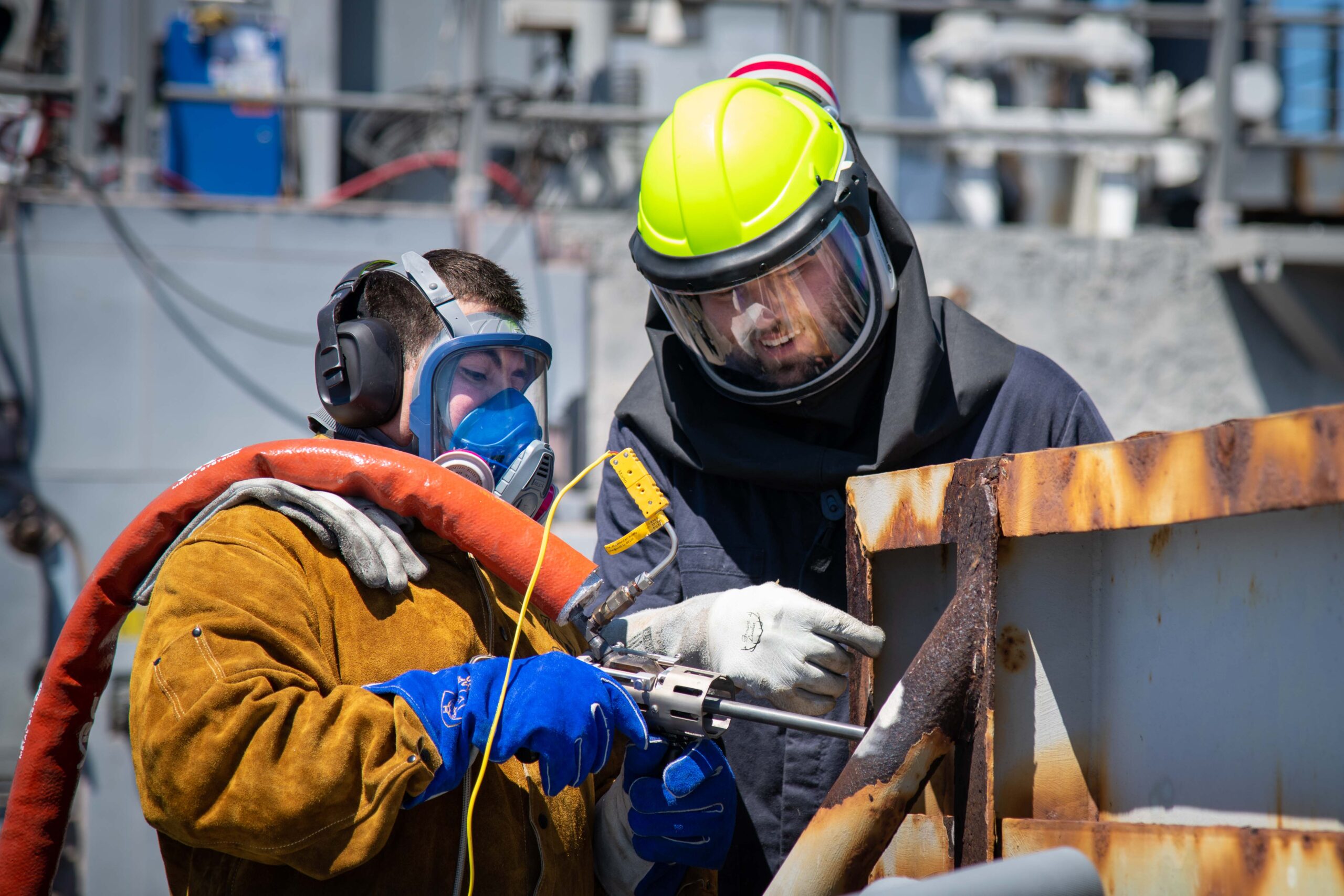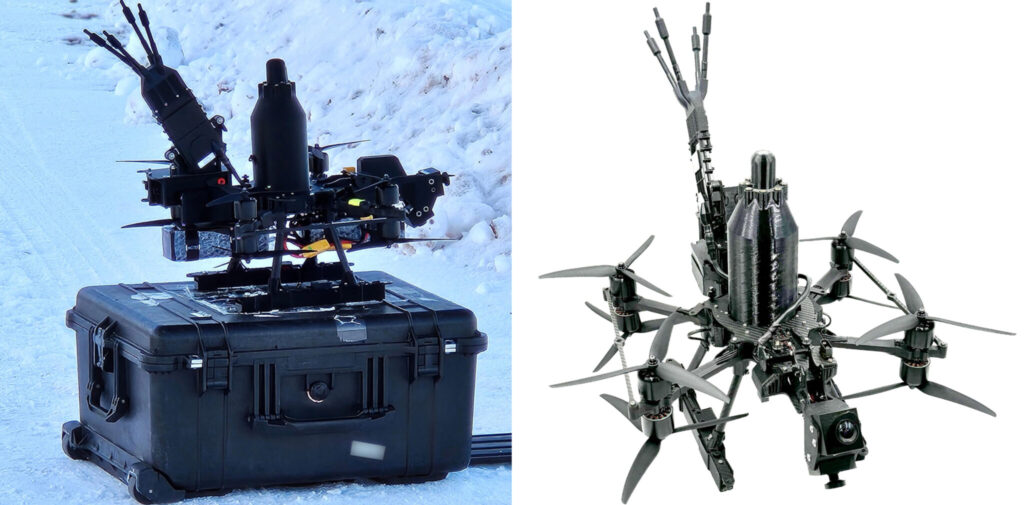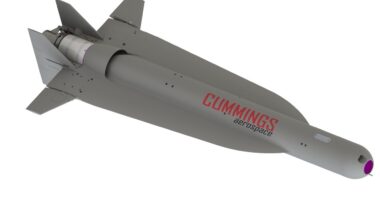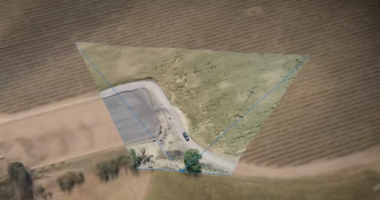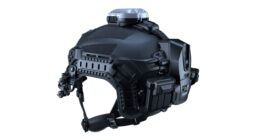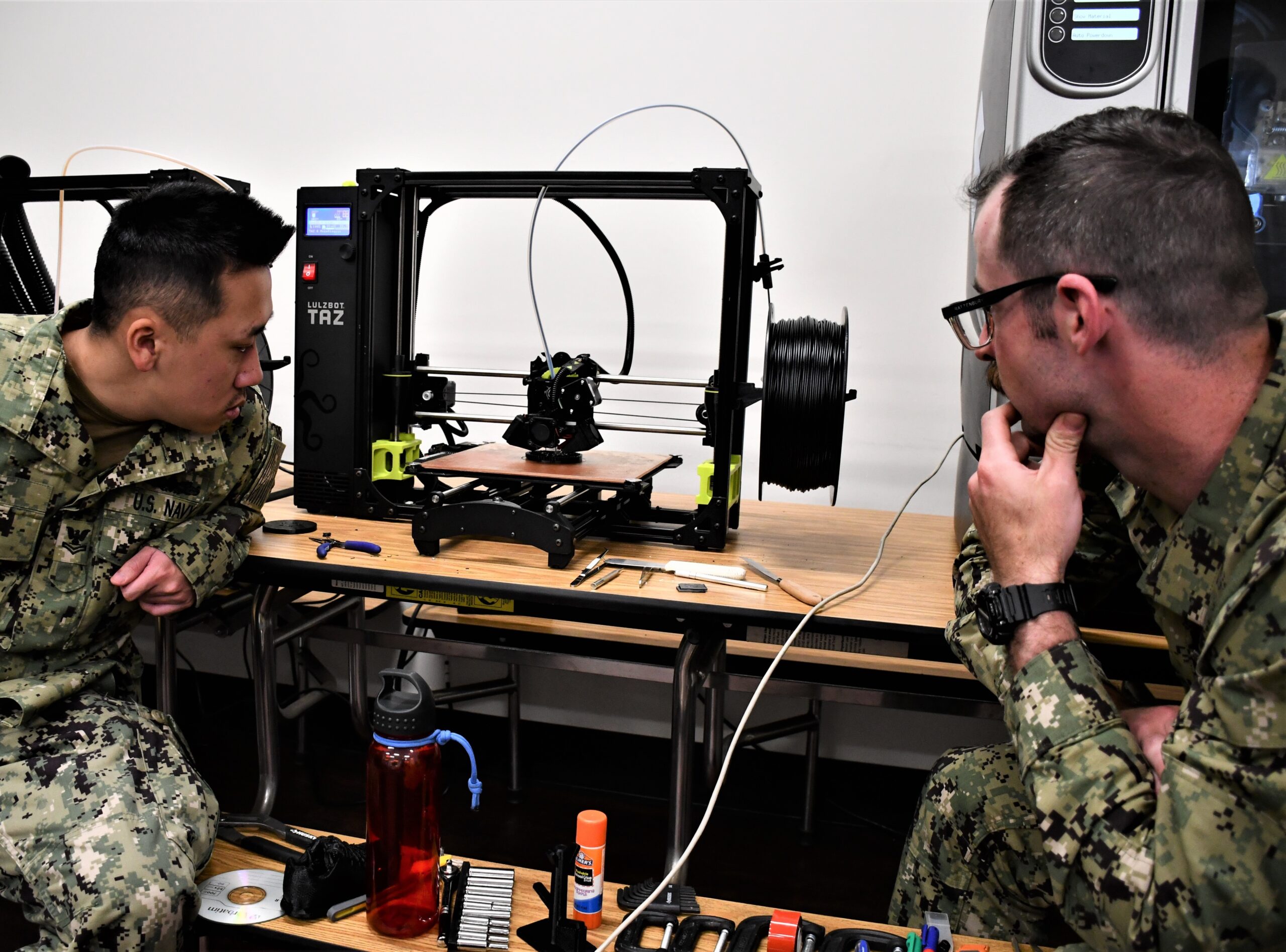US-based tech firm Cyberlux Corporation has rolled out a new unmanned aerial system (UAS) built to tackle the toughest missions for US Special Operations forces.
Weighing in at under 20 pounds (9 kilograms) and classified as a Group 1 UAS, the drone can support high-stakes operations requiring greater payload capacity, longer flight time, and improved resilience against electronic warfare attacks.
With anti-jam technology and low-latency communication systems, the drone stays in control even in signal-dead zones, where GPS jamming or spoofing might knock other drones out of the sky.
After successful field tests, Cyberlux confirmed that the drone is now poised for deployment with US special ops teams.
‘Invaluable Tool’ for High-Risk Missions
Cyberlux’s latest drone is the product of advanced research and real-world military insights — creating a powerful tool for operations that demand flexibility, high performance, and resilience.
Earlier this year, the company tested its UAS platforms in harsh Arctic conditions, simulating support operations for US and NATO special forces.
Among the systems tested were the X-8 and X-4 drones, which can carry payloads from 0.7 to 2.7 kilograms (1.5 to 5.9 pounds).
Company CEO Mark Schmidt said the new Group 1 UAS reflects the company’s drive to expand what small drones can do in combat environments.
“The integrated anti-jam capabilities ensure our UAS remains operational in the most demanding environments, making it an invaluable tool for special operations missions,” he added.
